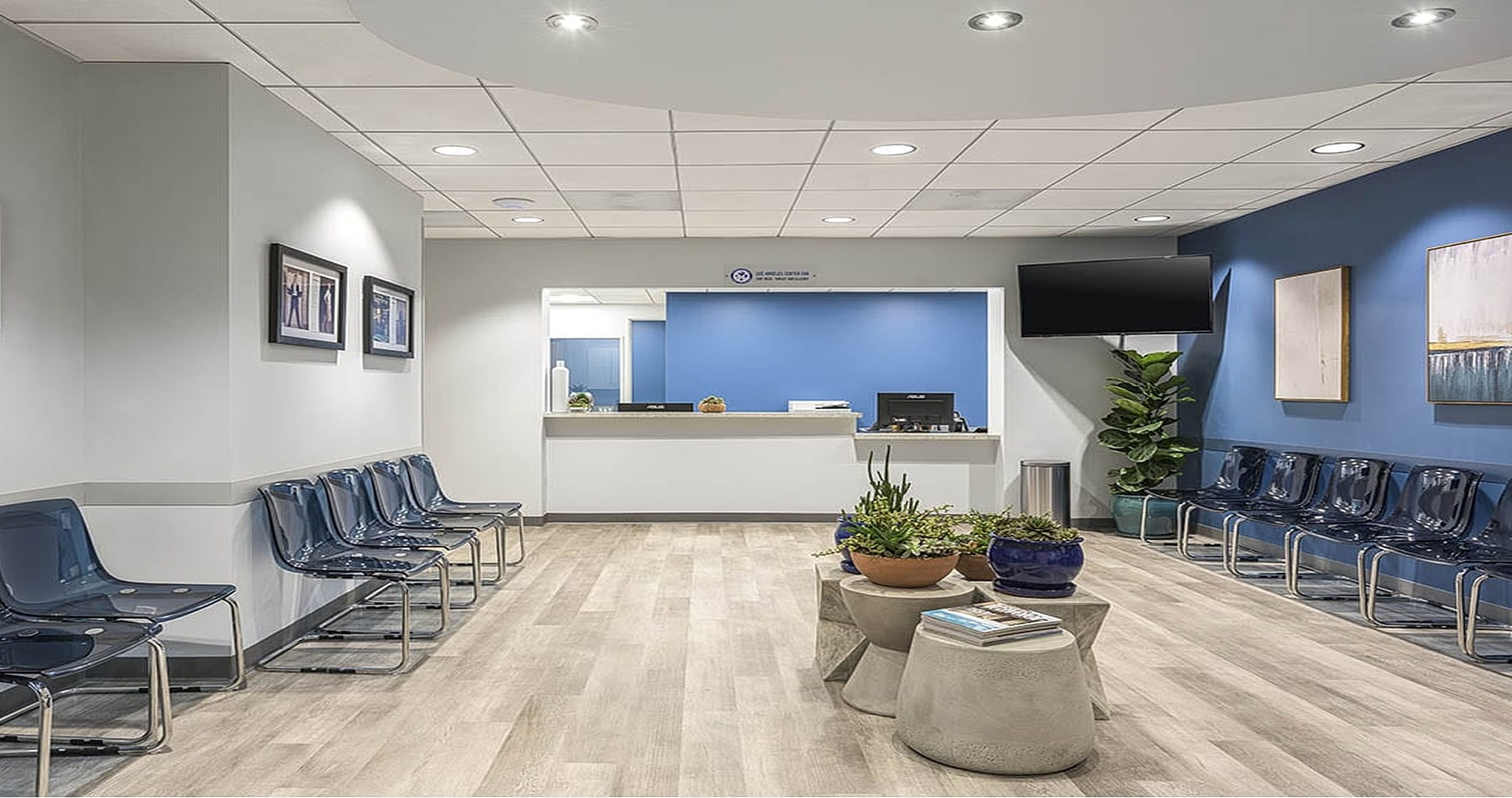
















If you experience jaw pain, clicking sounds, headaches, or difficulty chewing, you may have temporomandibular joint (TMJ) disorder. This condition affects the hinge joint that connects your jawbone to your skull, leading to pain and dysfunction in your jaw, face, and surrounding muscles.
At SoCal ENT, we specialize in comprehensive, non-invasive, and minimally invasive TMJ treatments that address both the symptoms and underlying causes of your discomfort. Whether your TMJ disorder is due to injury, teeth grinding, arthritis, or poor posture, our expert team will design a personalized treatment plan to help you regain comfort and mobility.





The temporomandibular joint (TMJ) acts as a hinge that allows your jaw to move up, down, and side to side. It plays a crucial role in essential daily functions like chewing, speaking, and swallowing. When the TMJ becomes inflamed, misaligned, or overworked, it can lead to pain, stiffness, and restricted movement.
Common Symptoms of TMJ Disorder
If left untreated, TMJ disorder can worsen over time, leading to chronic pain, difficulty eating, and long-term joint damage.
TMJ disorder can develop from various factors, including:
At SoCal ENT, we use comprehensive diagnostic techniques to assess your TMJ health and determine the underlying cause of your pain.
Your Evaluation May Include:
Once diagnosed, we’ll create a customized treatment plan to provide long-lasting relief and restore full jaw function.
Our TMJ treatments focus on reducing pain, restoring jaw mobility, and preventing further joint damage. Your specialist will thoroughly assess your symptoms and their cause to recommend a tailored treatment approach.

If you experience jaw pain, clicking or popping sounds, headaches, or difficulty chewing, you may be a candidate for TMJ treatment.
You may benefit from TMJ treatment if you:
Who Should Avoid Certain TMJ Treatments?
While most patients can safely receive non-invasive treatments like physical therapy, laser therapy, and Botox, some surgical interventions may not be suitable for individuals with severe joint damage requiring alternative solutions or unmanaged medical conditions that could affect. healing
During your consultation, we’ll discuss your symptoms, medical history, and treatment goals to determine the best TMJ treatment plan for you.

What to Expect During Recovery:
Aftercare Tips for TMJ Relief:
Most patients return to normal activities immediately, but for lasting relief, ongoing care and maintenance may be necessary.

Many patients feel relief within days of treatment, while others experience gradual improvements over weeks. Physical therapy, laser therapy, and Botox can provide noticeable relief within 1-2 weeks.
Results vary based on treatment:
By treating the root cause of TMJ disorder, our personalized treatments offer long-term comfort and improved jaw function.
Relief depends on the treatment method. Physical therapy, Botox, and laser therapy offer months of relief, while lifestyle changes can provide long-term benefits.
Many patients experience significant improvement with proper treatment. In some cases, TMJ disorder can be managed long-term without surgery.
Without treatment, TMJ symptoms may persist or worsen over time. Addressing the root cause is essential for achieving lasting relief.
Coverage depends on your insurance plan and the treatment type. We can help verify your benefits during your consultation.